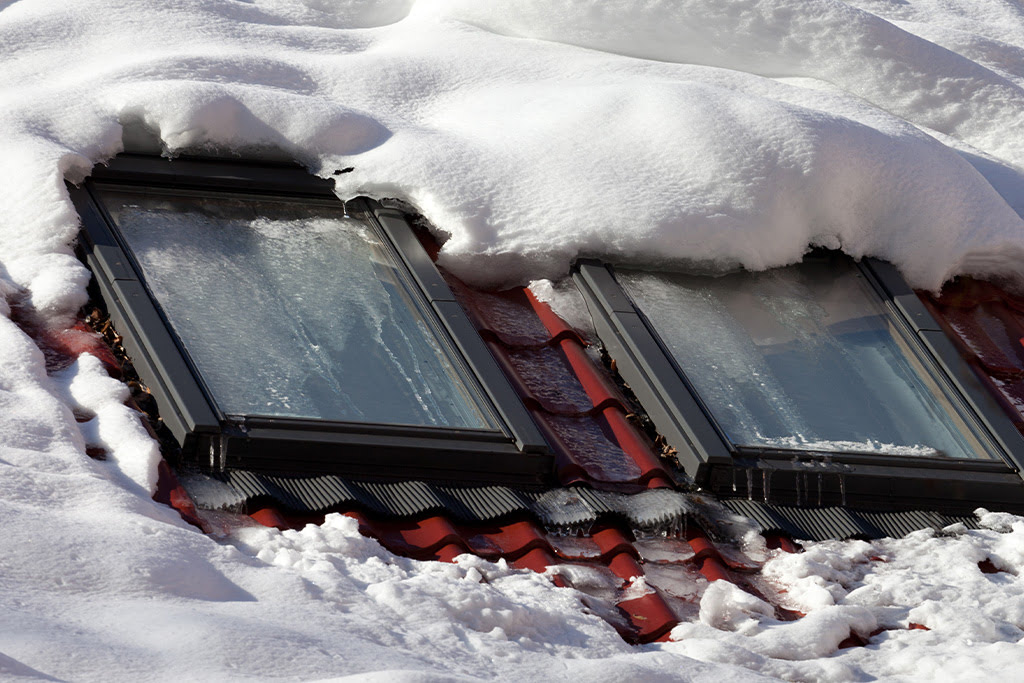Roofs and roofing, Tips & Useful Info
The expert professional roofers at Guns N Hoses are here to show you how to make your roof last longer! Learn how to inspect your roof for damage, perform minor repairs, and take preventative measures to prolong its life.
...
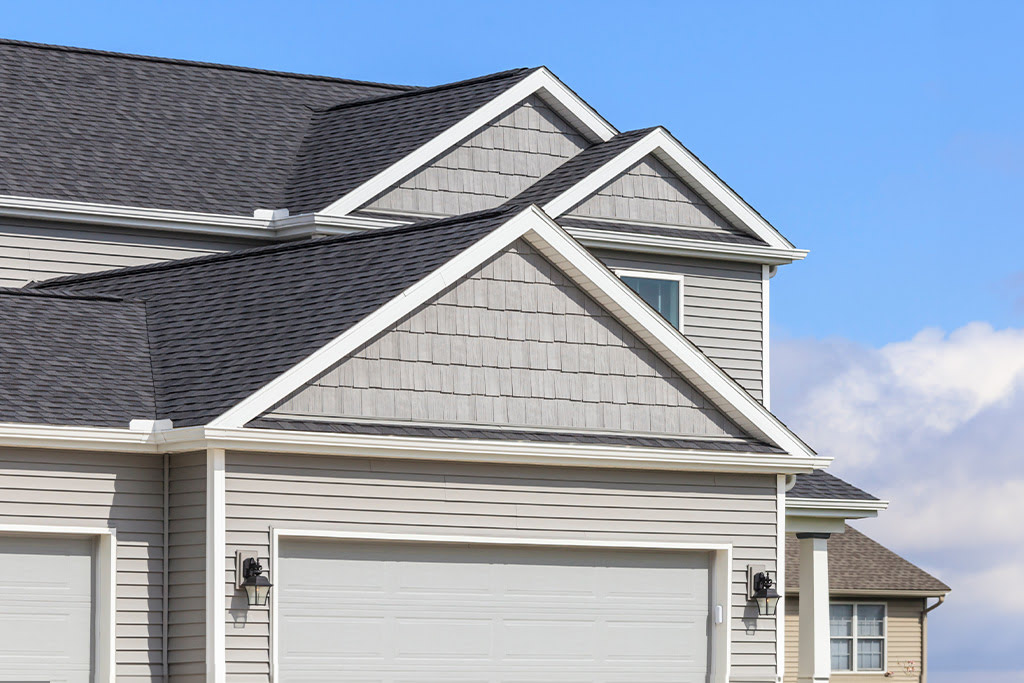
Your home is one of the most significant investments you'll ever make, so protecting it is important. That’s typically your roof’s job—but roofs require regular maintenance if you want them to last as long as possible.
Here at Guns N Hoses, we've performed high-quality roof repairs and replacements for years, so we’ve learned plenty about the kind of long-term care roofs like yours need. Here are some practical tips to help you extend the lifespan of your roof so you can count on it for years to come.
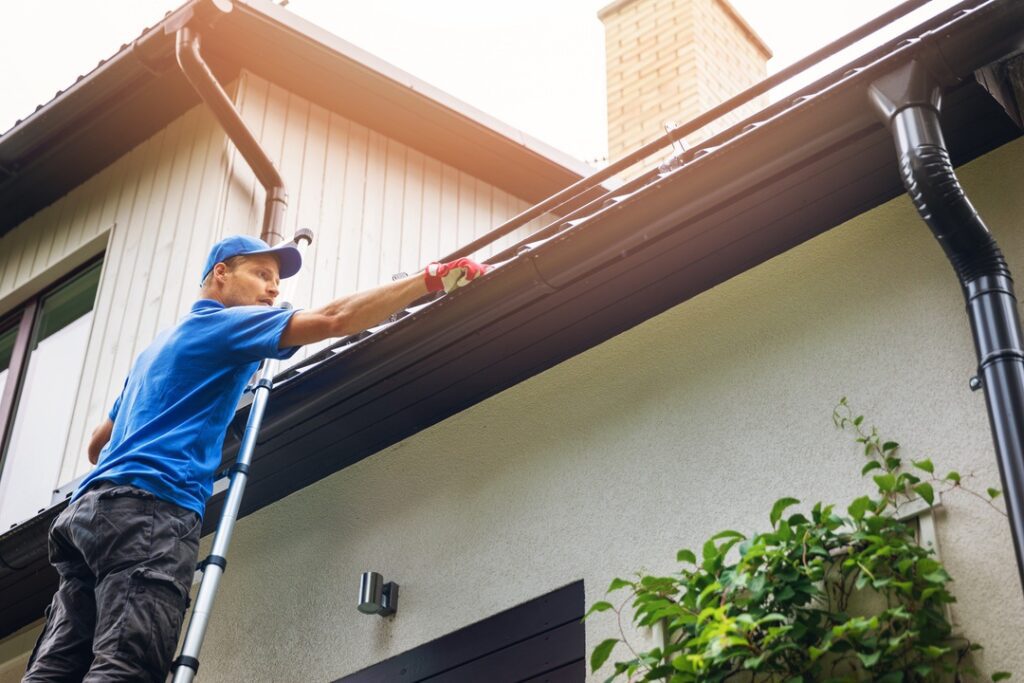
1. Regularly Inspect Your Roof
Carrying out regular inspections is a fundamental part of roof maintenance. Ideally, inspections should take place twice a year—once in the spring and once in the fall. This allows you to catch any potential issues before they get worse and require costly repairs. You should also consider inspecting your roof after any severe weather events, as these can often cause unexpected damage.
During your inspection, look out for signs of wear and damage. These may include:
- Missing, damaged or curling shingles
- Rust spots on any metal areas
- Moss or lichen growth
- An excessive amount of material in your gutters
Any of these signs can indicate potential issues that need to be addressed.
See Also:
2. Clean Your Gutters
Cleaning your gutters might seem unrelated to your roof, but it actually plays an important role in roof maintenance. Gutters that are clogged with leaves, twigs, and other debris can cause water to back up into your roof system, eventually damaging your roof and even your home's interior.
In addition to cleaning your gutters regularly, make sure to pay extra attention to them in the fall when leaves are more likely to clog them up, and after severe weather events that might cause a build-up of debris. Keeping your gutters clear helps ensure proper drainage and prevents water damage.
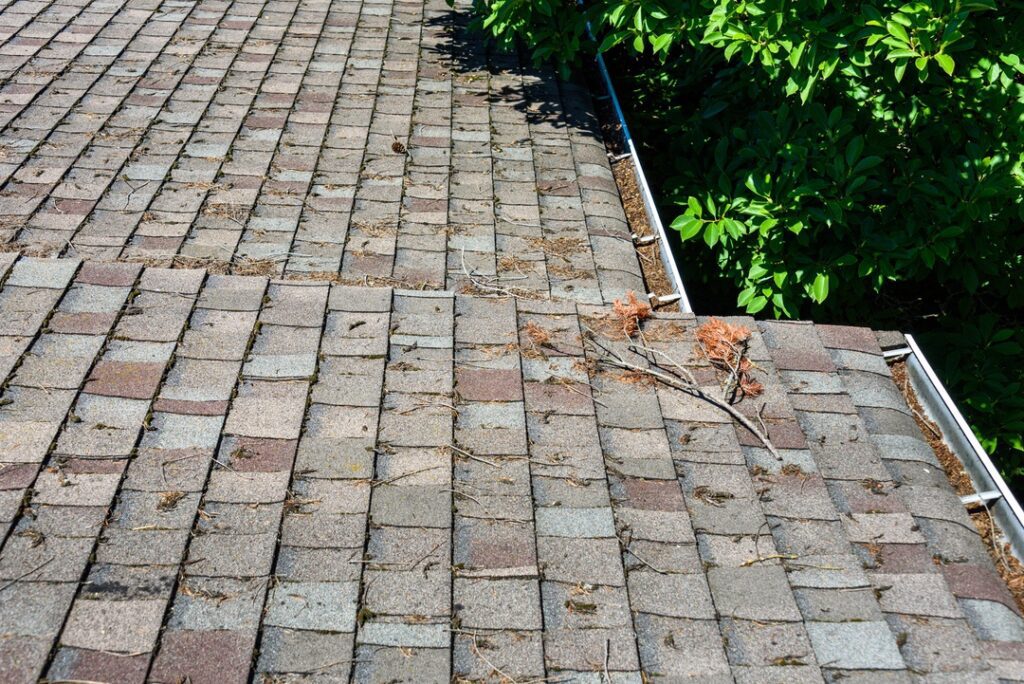
3. Remove Debris
Getting debris off your roof is another key maintenance task. Over time, debris such as leaves, branches, and dirt can accumulate and hold moisture against your roofing material. This moisture can create rust and eventually weaken your roofing materials, shortening its lifespan and increasing the risk of mold and mildew growth.
Make it a point to clear debris from your roof periodically, especially after storms or high winds that can deposit an unusual amount of debris. By doing so, you'll promote better drainage and help preserve your rooftop.
4. Address Minor Issues Promptly
Remember: no roofing problem is too small to address. Seemingly minor roof issues can quickly evolve into significant problems if not dealt with in a reasonable amount of time. For example, small leaks can lead to extensive water damage, while a few damaged shingles can expose your roof deck to the elements, potentially creating much larger problems.
Learning how to replace damaged shingles and seal small leaks can be a great way to maintain your roof in between professional inspections. However, if you're not comfortable doing these tasks yourself, or if the damage seems extensive, it's important to call in a professional right away.
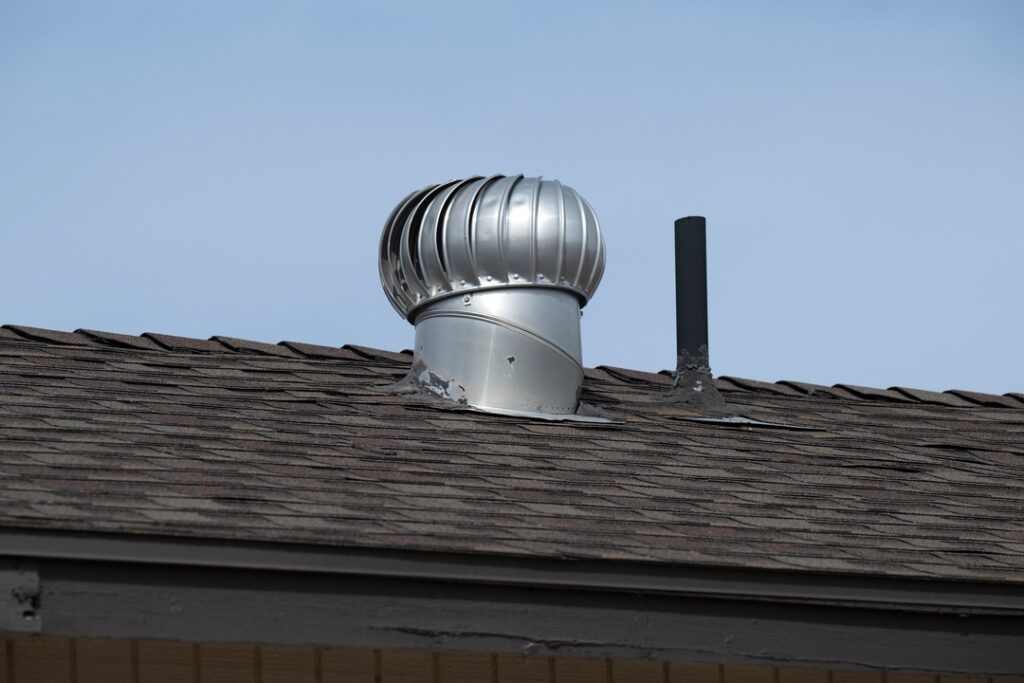
5. Monitor Ventilation & Insulation
Ventilation and insulation play a key role in the health of your roof. Proper attic ventilation and insulation help regulate the roof's temperature and moisture levels. By preventing extreme temperature differences between the attic and the outside, you can avoid common problems like ice damming in the winter and excessive heat in the summer.
Check your attic regularly to ensure the insulation is intact and the ventilation is unobstructed. An inadequately ventilated or insulated attic can lead to a host of roofing problems over time, including premature aging of your roof.
See Also:
6. Invest in Preventive Measures
Preventive measures can significantly increase the lifespan of your roof. Shingles with high-quality protective coatings, for instance, offer added defense against the damaging effects of the sun, water, and physical wear and tear.
While investing in premium shingles might seem like an unnecessary expense, it can pay for itself over time by extending the life of your roof. Many higher-end shingles also have impact-resistant properties and are rated for higher wind speeds, which can make them valuable for Calgary homeowners during the city’s spring and summer hailstorms.
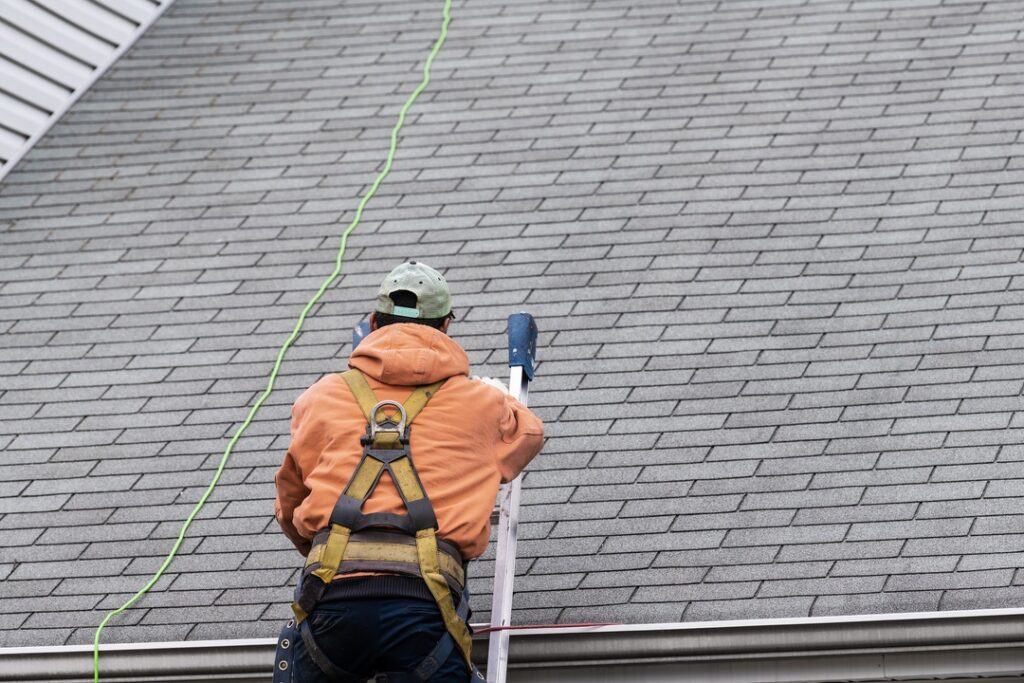
7. Know When to Call Professionals
While there are a number of roof maintenance tasks that you might be able to undertake on your own, some tasks are best left to professionals. Complex repairs, installing protective measures, and even yearly inspections should all be conducted by roofing contractors with professional certifications and enough experience to do the work correctly.
Our professional roofing contractors are members of the Alberta Allied Roofing Association, and are certified by numerous professional organizations and brands—including HAAG, Euroshield, BP, and Velux. When it comes to the health of your roof, knowing when to DIY and when to call in our pros can make all the difference. If you're unsure, it's always safer and often more cost-effective in the long run to give us a call.
Frequently Asked Questions About Rooftop Maintenance
How can I safely access my roof to perform inspections and maintenance?
Use a sturdy ladder that extends at least three feet past the roof's edge. Make sure the ladder is on solid, level ground and, if possible, have someone hold it for extra stability. Consider using safety equipment such as a harness if you're uncomfortable or dealing with a steep or high roof.
What are the maintenance requirements for different roofing materials?
In addition to the steps above, certain roofing materials require specific considerations. For example:
- Asphalt shingles need regular checks for granules in the gutter, as it's a sign of wear.
- Metal roofs should be checked for rust, and any scratches or chips should be sealed promptly.
- Tiles need regular inspections for cracks or breakage.
Regardless of the material, you should always make time for regular cleaning and removing debris.
How can I protect my roof from damage caused by extreme weather events?
Regular maintenance and inspections are the keys to weatherproofing your roof. By keeping gutters clear, removing heavy snow promptly, and ensuring your roof's ventilation and insulation are working properly so that ice dams can’t build up easily, you’ll prevent most inclement weather from wreaking havoc on your rooftop.
Investing in impact-resistant shingles can also help protect your rooftop from hail and blown debris, which are both common risks for Alberta rooftops. Finally, regular inspections are the best way to catch any damage early and prevent it from getting worse.
Remember, your roof protects the rest of your home—so you’ll want to take great care of it for as long as you possibly can! For professional help with your roofing needs, reach out to us at Guns N Hoses. We're always here to help and ready to show you how.


